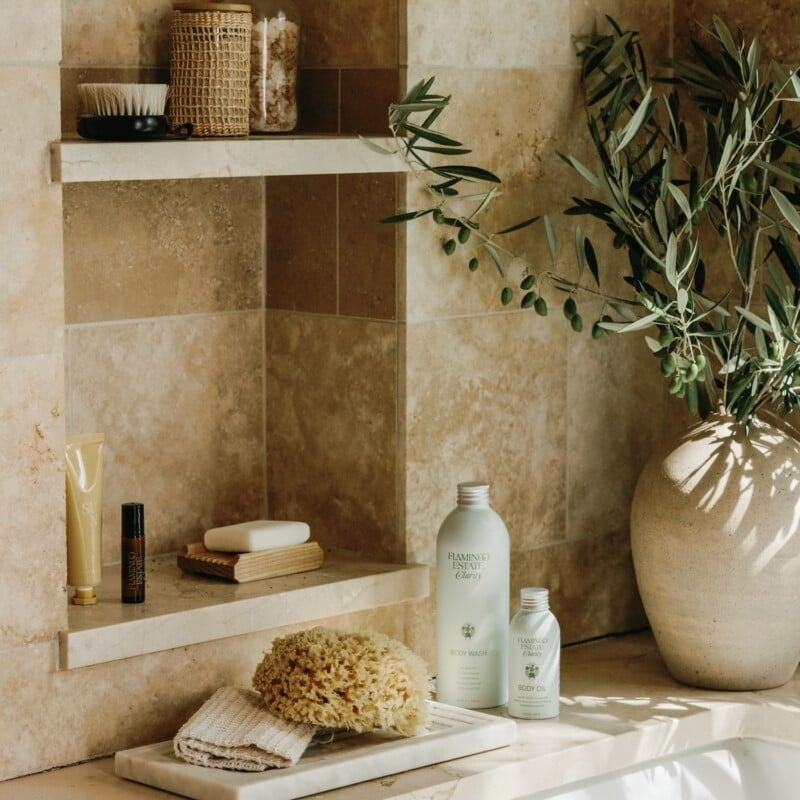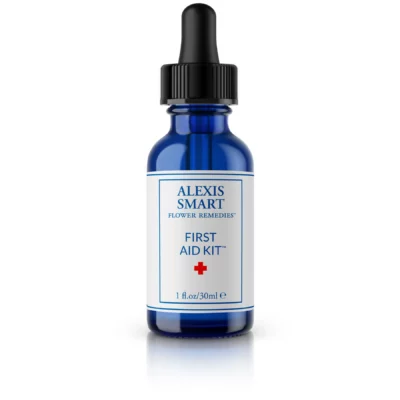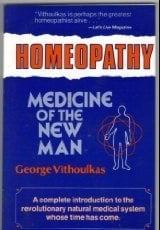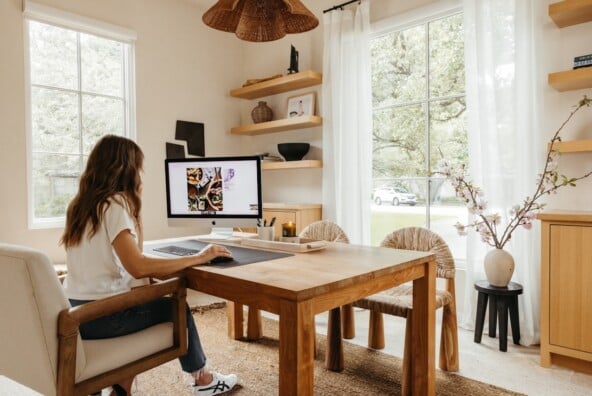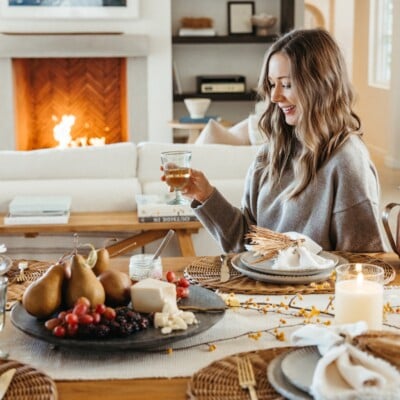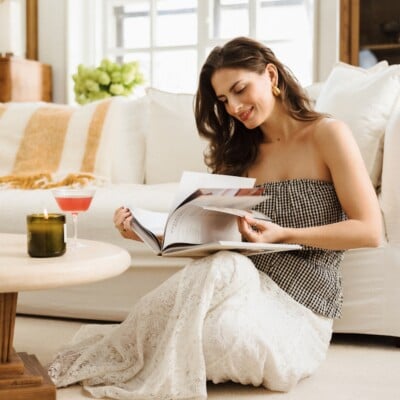We may receive a portion of sales if you purchase a product through a link in this article.
I’ve always been fascinated by what it means to heal. In another life, my plan was to become a doctor. I studied microbiology, zoology, and molecular genetics in college. I did cardiovascular research for four years post-grad, and ultimately was accepted to medical school before deciding on a different path. Yet, a pursuit that’s never stopped intriguing me from the classroom to the lab to beyond was, what does it mean to be in good health? While a seemingly simple question, I’ve learned the answer is far more complex.
Someone may be in good physical shape, yet experience deep emotional turmoil. Conversely, there are people who are in the midst of great physical pain, yet have an enviable lightness of spirit and presence. Is health best described in such a binary, dualistic manner? Or is there a more holistic modality to adopt—something that sees beyond our composite physicality to the unseen elements animating a sense of self?
It was through questions like these that I eventually found homeopathy.
Feature image by Michelle Nash.
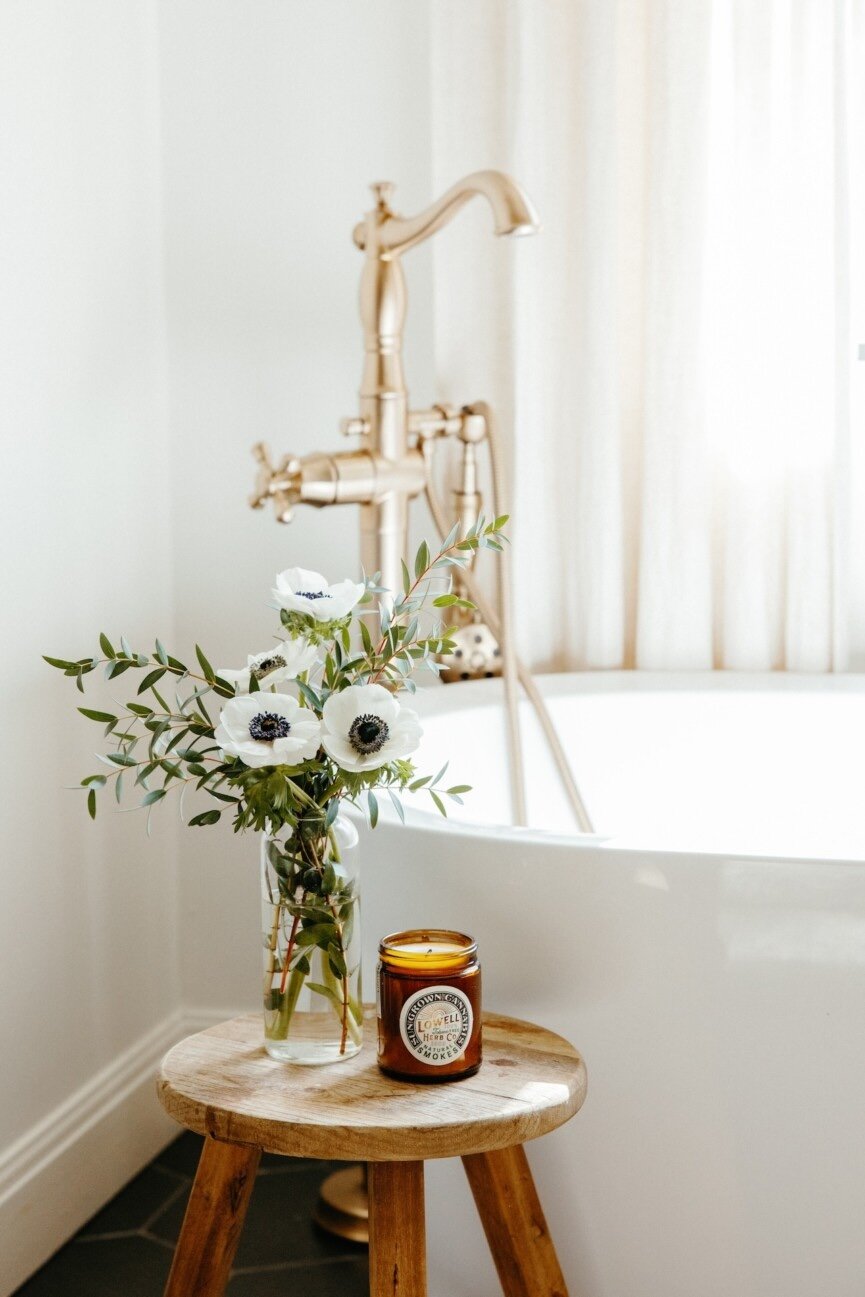
Understanding Homeopathy and Energetic Medicine
Developed over 200 years ago by Samuel Hahnemann, a German physician who abhorred the harsh medical practices of his day, homeopathy uses nano-doses of natural substances to treat the physical, mental, and emotional layers of a person. After his own experimentation, Hahnemann discovered that certain substances that could cause a set of symptoms in a healthy individual could also cure that same set of symptoms when administered to an unwell individual. By stimulating the body’s vital force—its own quest for homeostasis—homeopathic remedies aim to reestablish balance and resolve symptoms causing someone dis-ease in the first place. It’s a process of “like curing like,” an energetic lock-and-key scenario. Homeopathy believes in the body’s own intelligence and seeks to support, rather than suppress, that whenever possible.
In a lot of ways, the practice of homeopathy is both old-fashioned and incredibly cutting edge. While the exact mechanics of healing still elude modern understanding (though emerging research in quantum physics and water memory could hold valuable clues), many individuals come to it after suffering from chronic, unexplained illnesses. After feeling frustrated with a healthcare system that wants to systematize and generalize their symptoms, a homeopathic approach to wellness can be refreshing, valuing how every facet of a patient’s unique life experience factors into their state of health.
Practicing Homeopathy Today
Which means, skilled homeopaths are part detectives just as much as full-time healers. There’s an art and a wisdom to how they approach healing, and to understand the practice more, I chatted with classical homeopath and flower remedy practitioner Alexis Smart. Below, Alexis shares what exactly homeopathy and flower remedies are, how they differ from other forms of natural healing, and why this modality can be a powerful reminder of what we’re really on earth to witness.
P.S. Alexis has a great guide on her website that goes even more in-depth into how a lay-person can practice homeopathy. Worth the read if you’re just as fascinated as I am!
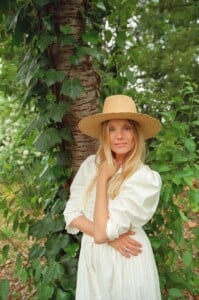
Founder of Alexis Smart Flower Remedies, a practitioner of Bach flower remedies for over 20 years, and also a classical homeopath, Alexis blends tradition with intuition to support holistic healing. Trained by mentors in the direct lineage of Dr. Edward Bach, as well as world-renowned homeopath George Vithoulkas, she helps clients restore balance on both the physical and energetic levels—offering a gentle path to deep, lasting wellness.
What is a helpful framework for understanding homeopathy—what is it and what is it not?
Alexis: Most of us have been raised with allopathy. In this system, symptoms are viewed as bad and treatment is focused on the removal of symptoms by suppression, either with drugs or surgery. Homeopathy is the opposite in that it views symptoms as positive and sees them as an expression of an imbalance and the body’s attempt to correct that imbalance.
Homeopathy views the suppression of symptoms as a dangerous practice, as it can push the disease deeper into the body to result in a more serious illness later. Allopathy means using drugs to cause the opposite effect of the symptom, like using an antacid for acid reflux. Homeopathy uses the opposite principle of “like cures like,” which means you give a small amount of a substance that, in a larger amount, would cause the same symptoms someone is suffering from. This stimulates the vital force, which is kind of like the immune system, just enough to overcome the disease.
For example, say you have allergies. In allopathy, they would give you an antihistamine to stop the symptoms. In homeopathy, they would give you the remedy Allium Cepa, which is made from onion. We all know the streaming, burning eyes we get when we chop onions. So, giving a small amount of this remedy to someone with burning, watery eyes actually stops the symptoms. (It’s the same idea as vaccines, but with homeopathy they are safe, tailored specifically to a patient’s individual symptoms, and should not be given preventatively.)
Homeopathy…views symptoms as positive and sees them as an expression of an imbalance and the body’s attempt to correct that imbalance.
What’s the difference between homeopathy and naturopathy? Are these often confused?
Alexis: Yes, often when I tell someone I’m a homeopath, they say “Oh, my cousin does that. They are a naturopath.” But they’re very different. Naturopathy, I have found lately as I’ve consulted with a number of them, still operates on the same principles as allopathy, which means they see the body as separate parts and organs—when they see lab results that are off, they seek to correct those lab results with supplements to address each system of the body. Naturopaths use natural remedies, but they can still view a person as separate parts. In homeopathy, we don’t often use lab results. Instead, we see the person as a whole expression of the vital force, without separating body, mind, and spirit.
Homeopaths are most concerned with how a patient feels and the specific way they experience their illness. Instead of many supplements and treatments that may take months, we give only one remedy and often the results are felt immediately. (If a homeopath gives you more than one remedy, they are not practicing true classical Hahnemann homeopathy.)
Another difference with homeopathy is that the patient’s emotions are the most important aspect we consider when choosing a remedy; it’s the thing we ask about in follow-ups to make sure we’re on the right track. An improvement in the mood is what we want to see first, as in the direction of cure. The body’s healing always follows an improvement in the mood. With the naturopaths I’ve seen, they have been concerned with general stress and cortisol levels, but not really with how I’m doing emotionally in my life.
How do you dialog with someone who thinks homeopathy is pseudoscience or just a placebo effect?
Alexis: I am learning more and more that people believe what they will and it’s hard to change anyone’s mind—but one of the most fun things is if a skeptic gets sick and agrees to try a remedy. To watch them experience the miracle of being relieved of their suffering quickly is like nothing else. They will be a lifelong devotee. For those who ask about placebo effect, I remind them that remedies work on babies and animals who have no belief in the medicine. They don’t even know they’re taking it.
Where do flower essences fit in the realm of homeopathy? How are they created, and does that make them a gentler entry into the practice?
Alexis: Flower essences have connections to homeopathy because the man who discovered flower remedies, Dr. Edward Bach, was a homeopath. His understanding of the homeopathic principle of minute (very small) doses influenced his preparation methods of flower remedies. Both are extremely dilute but they are made very differently.
- Homeopathics are made by grinding up a substance, adding liquid, then diluting and succussing—a process of banging the remedy against a hard surface multiple times to increase its potency.
- Flower remedies are made by floating blossoms in a crystal bowl of spring water for a few hours and then straining off the water. That water now has the healing imprint of that flower.
Homeopathy uses every kind of substance, even poison like arsenic or snake venom (though diluted to untraceable amounts), whereas flower remedies are only made from blossoms. Homeopathy uses the principle of “like cures like,” but flower remedies work by giving only benevolent healing energy. Taking the wrong homeopathic can cause symptoms in a sensitive person, but taking the wrong flower remedy simply has no effect. Flower remedies are much gentler and easier to self-administer. Homeopathy is hard to self-treat, except for acutes like a flu or food poisoning.
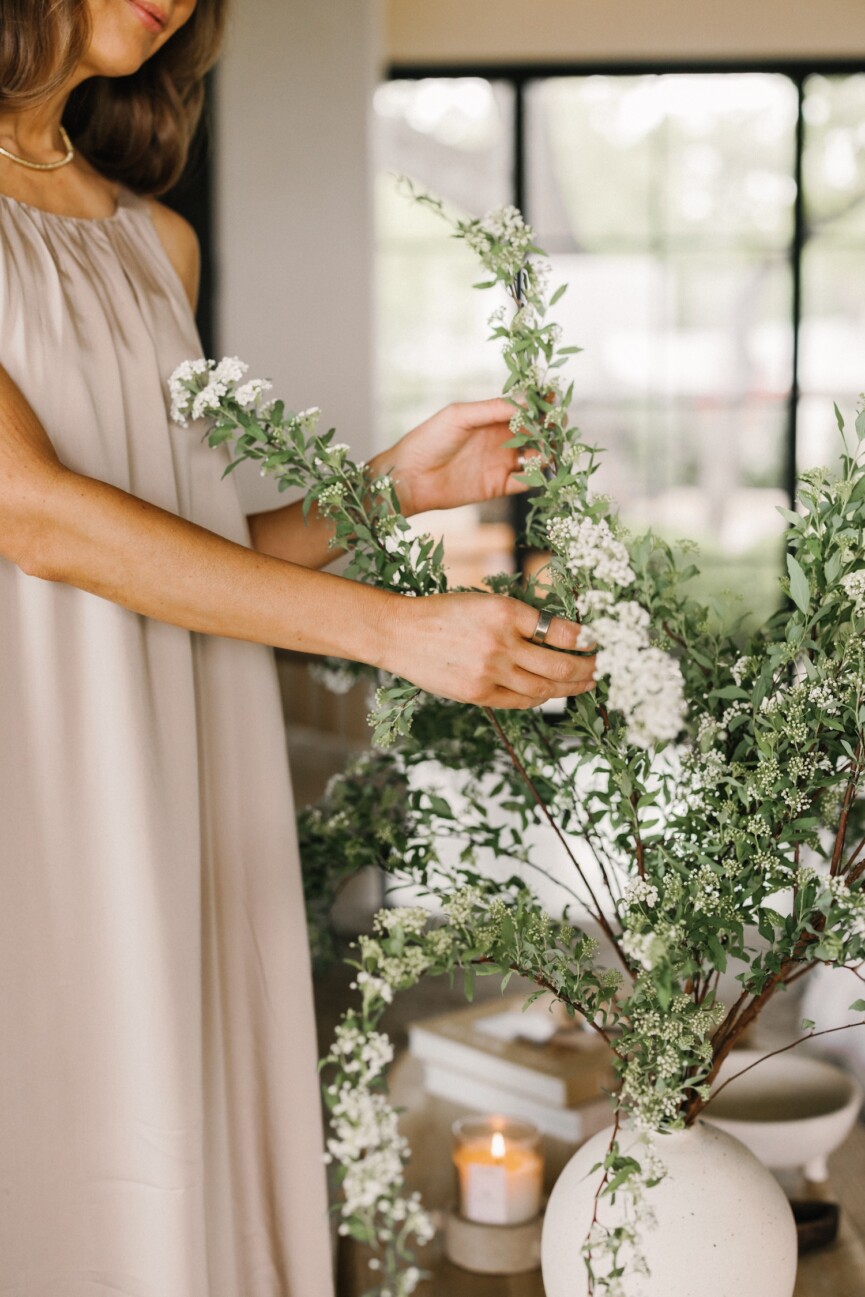
In a world of quick-fixes and instant gratification, what role could homeopathic remedies and flower essences play? Can you explain why it’s truly an art?
Alexis: We must preserve these healing modalities because they are medicine for the soul. Humans are suffering on a soul level, now more than ever. The farther we get from nature and connection to one another, the more lost we are and the more disconnected we can feel. These remedies really keep us connected to our true selves and to our spiritual and emotional natures. To be without a spiritual connection can be a dark place. Since 2020, I’ve been hearing from so many people who describe a disconnection and depression I have never seen to this degree in all my years working with people. I really believe flower remedies are the antidote to the current suffering of humanity.
In the 1930s, Dr. Bach said, “There is no true healing unless there is a change in outlook, peace of mind, and inner happiness.” That is a universal truth then and now.
Working with these remedies is an art. It’s very much “the singer, not the song.” The remedies I would choose for someone would likely be different from remedies chosen by another practitioner. It depends on how I listen, and how I perceive the patient—what I see as their core wound. This is revealed in the patient’s word choice and in their story. Someone else would hear a different story, perhaps.
How do you know which layer (mental, emotional, physical) needs to be treated in a person first?
Alexis: In homeopathy and even more so with flower remedies, the physical symptoms are the least important. So I always use the emotional layer as the guide to my remedy selection. That is one of the beautiful things to learn—to realize the body is just the pack mule for the spirit. To learn that the body heals itself once the person is restored to happiness is a very empowering process.
In the 1930s, Dr. Bach said, ‘There is no true healing unless there is a change in outlook, peace of mind, and inner happiness.’ That is a universal truth then and now.
What are three homeopathic remedies you’d advise everyone to have in their medicine cabinet?
Alexis: I would recommend you have my kit for accidents and emergencies, as they’re all in there, but if you want three remedies:
- ARNICA 200C: for car accidents, falls, blunt trauma, even helpful when having a stroke! Take one dose 200C.
- ACONITE 200C: for extreme shock with fear and panic, after a close call/terror. Good for fear of flying. Also good for colds/flu that come on suddenly or after exposure to cold, dry wind. One dose 200C.
- IGNATIA 200C: for emotional shock, grief, breakups, death and extreme emotional stress and sadness, shocking disappointment. One dose 200C. Best not taken at night.
Alexis’ Recommendations for Further Learning:
The Impossible Cure by Amy Lansky
A great intro to the concept of homeopathy with a story of healing.
Medicine of the New Man by George Vithoulkas
Written by my teacher and guru, this explains so much of the concepts.
The Collected Writings of Edward Bach
For an introduction to flower remedies and the deeper philosophy of their potential.
Disclaimer: This article is intended for informational and educational purposes only and is not a substitute for professional medical advice, diagnosis, or treatment. Always consult with your physician or qualified healthcare provider before beginning any new wellness practice or remedy.


